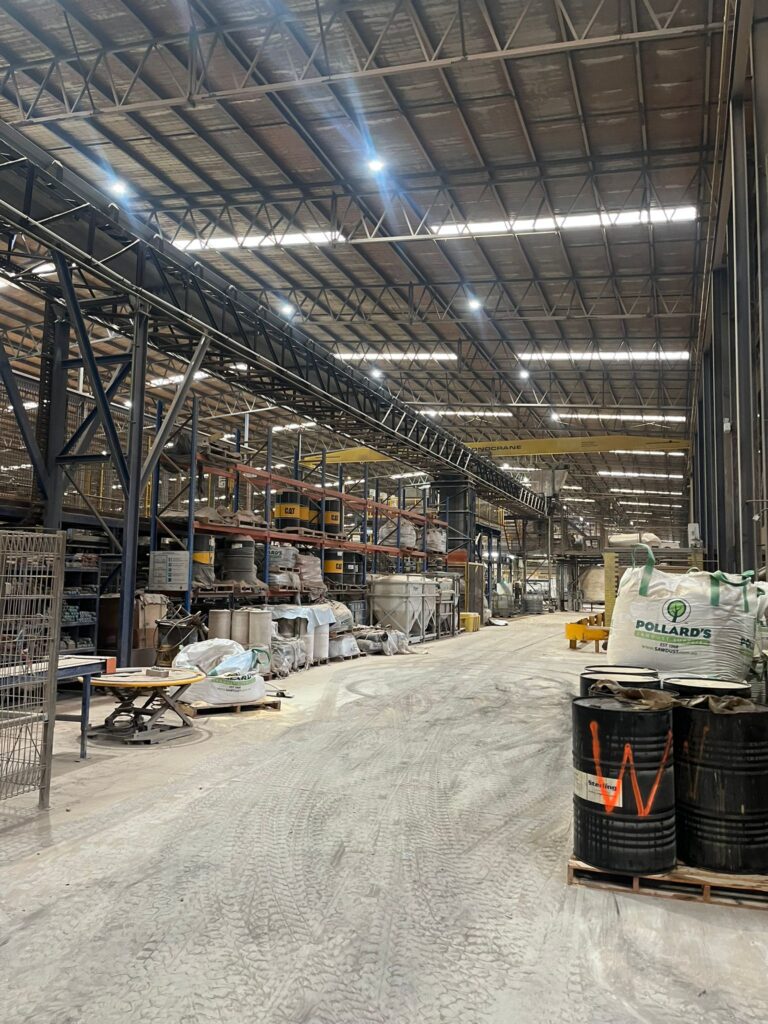The recent announcement by the new U.S. President to impose a flat 10% tariff on all imports into the United States, including Australian beef and dairy, signals a potential return to aggressive protectionist trade policies. These tariffs will likely disrupt established supply chains, especially in high-value export markets such as China, Vietnam, South Korea, and Taiwan, all of which are significant importers of premium beef and dairy products. At the same time, higher tariff hikes on these countries will offer Australia a strategic opportunity to reclaim and expand market share in key Asian and Middle Eastern markets.
- Opportunity to Capture U.S. Share in Premium Asian Markets
In 2023, U.S. beef exports to South Korea totaled $2.22 billion, accounting for 70.8% of South Korea’s total beef imports. Similarly, the U.S. captured 73% of Taiwan’s imported chilled beef market and exported $709 million worth of beef to Taiwan in the same year. In China, U.S. exports of beef totaled just under $2 billion in 2024, while Vietnam imported significant quantities of U.S. beef and dairy products. These markets have historically been dominated by the U.S., which currently faces higher tariffs and disrupted access under the new U.S. president’s policies.
Australia’s strategic response should focus on capturing the U.S.’s lost market share in these regions:
- South Korea: With U.S. beef accounting for 70.8% of imports, Australia can leverage its Free Trade Agreement (KAFTA) to increase chilled beef exports, building on its competitive advantage in premium products. Australia’s reputation for high-quality beef and established market presence offers a natural substitute for U.S. beef in retail and food service.
- Taiwan: The U.S. holds a 73% share of Taiwan’s imported chilled beef market. Australia can capitalise on this gap by strengthening its trade relationships through the CPTPP and quickly ramping up premium beef exports, ensuring timely and consistent supply.
- China: With U.S. exports of nearly $2 billion in 2024, China’s beef market remains a significant opportunity for Australian producers. Australia’s competitive access under the China-Australia Free Trade Agreement (ChAFTA) should be maximised to quickly increase chilled and frozen beef shipments, positioning Australian beef as an alternative to U.S. imports.
- Vietnam: U.S. beef imports into Vietnam were previously substantial, but Australian producers can benefit from the disruption caused by tariff hikes. Australia’s strong trade ties under the ASEAN-Australia-New Zealand Free Trade Area (AANZFTA) position it well to ramp up beef and dairy exports to Vietnam, taking share from U.S. suppliers and capitalising on growing demand for premium beef products.
- Expanding into the Middle East and Other Emerging Markets
While Asian markets remain the primary focus, the Middle East represents a growing opportunity for Australian beef and dairy. Key countries like Saudi Arabia, the United Arab Emirates (UAE), and Kuwait have increasingly looked to source quality beef and dairy products from Australia due to their reputation for food safety and quality. Given the region’s preference for high-end cuts of beef and premium dairy, Australia can easily move into these markets, especially if U.S. beef supply is constrained by tariffs.
Australia should work to strengthen its position in the Middle East through:
- Increased marketing and promotional activity that highlights Australian beef as a premium offering
- Strengthened relationships with regional food distributors and retail chains
- Enhanced cold chain logistics to meet the demand for fresh and frozen beef and dairy products
- FTA negotiations and trade facilitation agreements that help lower non-tariff barriers and improve market access
This shift would help Australia expand beyond traditional markets, establishing itself as a key player in premium beef and dairy exports to a region that increasingly values high-quality imports.
- Increasing Capability to Optimise Margin-Driven Exports
In addition to geographical shifts, Australia must move towards a margin-driven export strategy. By focusing not only on volume but also on value-added products such as branded beef (e.g., Wagyu, Angus) and functional dairy (e.g., high-protein, low-sugar milk), Australian exporters can capture higher prices and deliver superior returns.
Building the capability to assess demand dynamically is crucial. This means:
- Leveraging real-time data to monitor shifting consumer preferences and regulatory changes
- Developing an agile supply chain that can quickly pivot to meet changing demand profiles, especially in premium sectors
- Shifting production towards higher-value products like infant formula and premium cuts where margins are stronger
- Long-Term Growth and Strategic Partnerships
Australia’s focus should be not just on short-term gains but on long-term growth. This includes:
- Developing sustainability certifications and traceability systems to meet premium market demands in Asia and the Middle East
- Collaborating with regional stakeholders in new markets to co-develop private label offerings, further embedding Australian brands into local retail channels
- Maintaining strong ties with local governments to ensure continued market access and develop new trade agreements or FTA enhancements
Conclusion
The recent tariffs imposed by the new U.S. president present both challenges and opportunities for Australia’s beef and dairy industries. While U.S. producers face higher tariffs in key markets like China, Vietnam, South Korea, and Taiwan, Australia can leverage its FTA advantages and reputation for high-quality products to seize significant market share from U.S. suppliers. At the same time, emerging regions like the Middle East present an attractive opportunity to diversify exports further and tap into growing demand for premium beef and dairy products. By developing real-time demand assessment tools, optimising product mixes for margin, and strengthening strategic market positioning, Australia can successfully re-balance its export portfolio and enhance the overall profitability of its beef and dairy sectors in a shifting global market.
Argon & Co, a global management consultancy that specialises in operations strategy and transformation in the dairy and beef sectors create real change for their customer. For enquiries and discussions on the impact on U.S. tariffs to your corporate strategy and impact to your value chain contact Joe Coote, Strategic Advisor or Frans Verheij, Partner and Consumer Goods Industry Lead.







